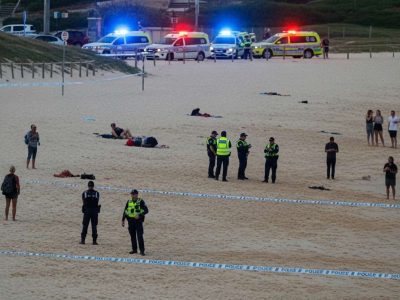Payam Javan: Residents of southern Lebanon began returning to their homes as a cease-fire between Israel and Hezbollah took effect on November 27. The agreement follows weeks of conflict, triggered after Hezbollah’s allies, Hamas, attacked Israel in early October. Despite warnings from the Israeli military to avoid evacuated areas, hundreds of vehicles streamed back into towns and villages. Lebanon’s Prime Minister Najib Mikati urged Israel to adhere to the terms of the cease-fire, which mandates an Israeli withdrawal from Lebanese territory within 60 days and deployment of the Lebanese army to secure the border.
Cease-Fire Draws Mixed Reactions
The cease-fire has been welcomed by Iran, with its officials calling for a similar truce in Gaza, where thousands have died since October. While Hamas has voiced support for Lebanon’s agreement with Israel, many Israelis oppose the truce. A Channel 12 poll revealed only 20% of Netanyahu coalition supporters back the deal, and National Security Minister Itamar Ben-Gvir criticized the decision, warning it would fail to deter Hezbollah. Meanwhile, Lebanese officials reported 42 deaths from Israeli airstrikes on November 26, further fueling the humanitarian crisis with 1.2 million displaced.
Hope and Tension on the Ground
Despite Israeli warnings, the return of Lebanese residents has been marked by celebrations and mixed sentiments. Ahmad Husseini expressed pride in Lebanon’s negotiation efforts, while others like Tyre resident Hussein Sweidan viewed the cease-fire as a Hezbollah victory. However, the situation remains fragile, with the Israeli military vowing to retaliate against any violations. As southern Lebanon attempts to rebuild, the broader regional implications of this agreement, particularly in Gaza, remain uncertain.









